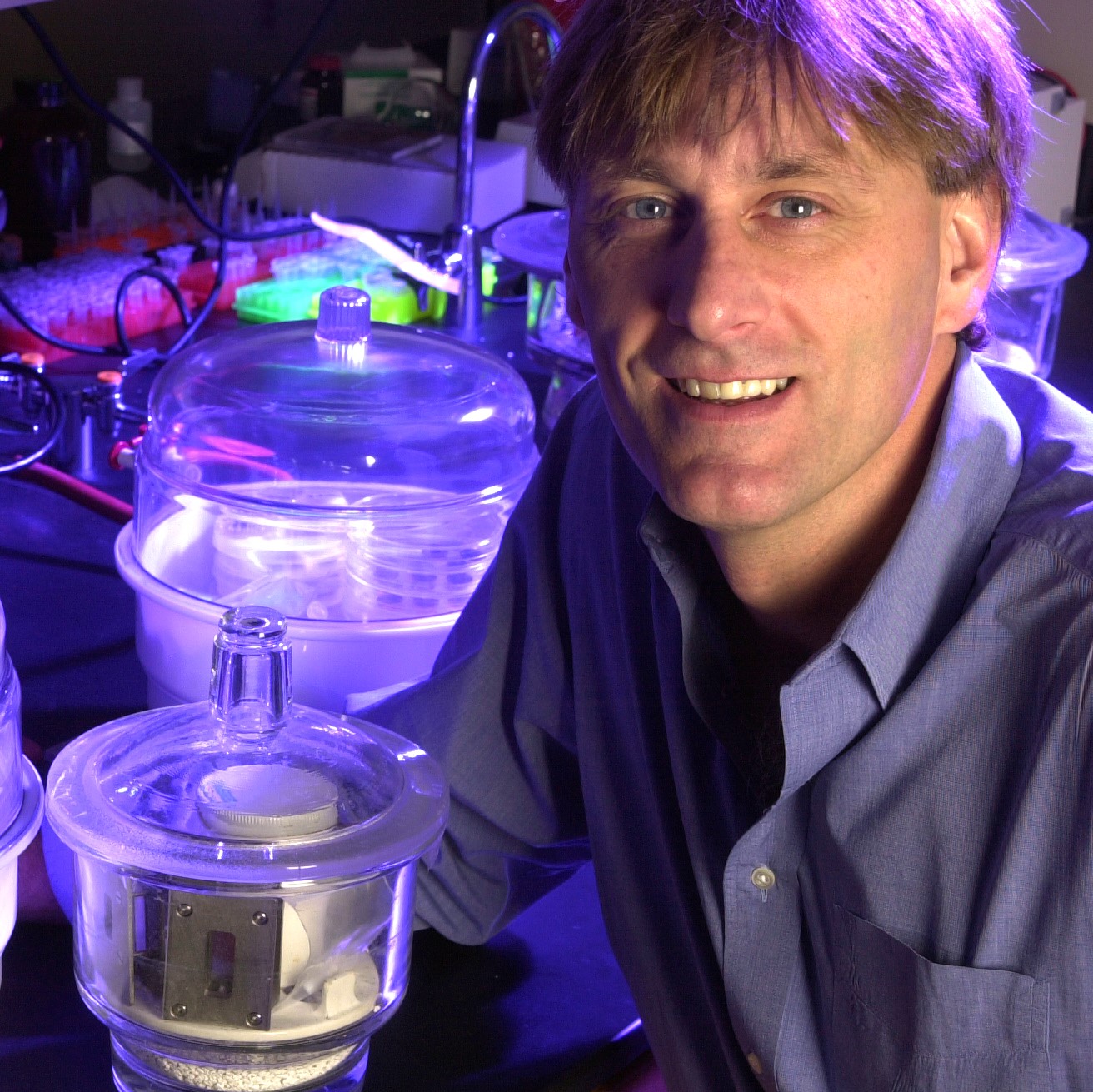David LynnAsa Griggs Candler Professor, Chemistry
The Lynn Lab
Lab Location: Emerson Hall 420, 430, 440, 450, 460Lab Phone: 404-727-2610
Education
- B.S., University of North Carolina, 1973
- Ph.D., Duke Chemistry and Biochemistry, 1977
- Fellow, Columbia University
Research Area
- Genetics, Cell, and Developmental Biology
- Population Biology, Evolution, and Ecology
Graduate Program Affiliation
- Biochemistry, Cell & Developmental Biology
- Microbiology and Molecular Genetics
Research Description
Associated faculty in Biology. Main appointment in Department of Chemistry.
We are currently experiencing a remarkable convergence of our physical and material technologies with the worlds of biology. Genome sequence information is leading us ever closer to the most fundamental structural and functional secrets of living organisms. Dominant among them is the realization that the complex structures of biology seem remarkably, almost magically, to self-assemble. From vesicle formation to protein folding and ribosome assembly, to the organogenesis of multicellular organisms, both macromolecular sequence information, as well as instructions for self-assembly, are encoded within the genome.
We work to understand the structures and forces that enable supramolecular self-assembly, how chemical information can be stored and translated into new molecular entities, and how the forces of evolution can be harnessed in new structures with new function. Such knowledge offers tremendous promise for discoveries in fields as diverse as drug design and genome engineering, pathogenesis and genome evolution, functional nanoscale materials and the origins of living systems. A few specific projects and the people involved are highlighted above in the order of increasing scale.
Research Lab Description
My research interests include chemical biology, self-assembly, and signal transduction in cellular development and pathogenesis, conformation and molecular evolution, nanostructural synthesis and self-assembly, molecular skeletons for storing and reading information, and the origins of life.
